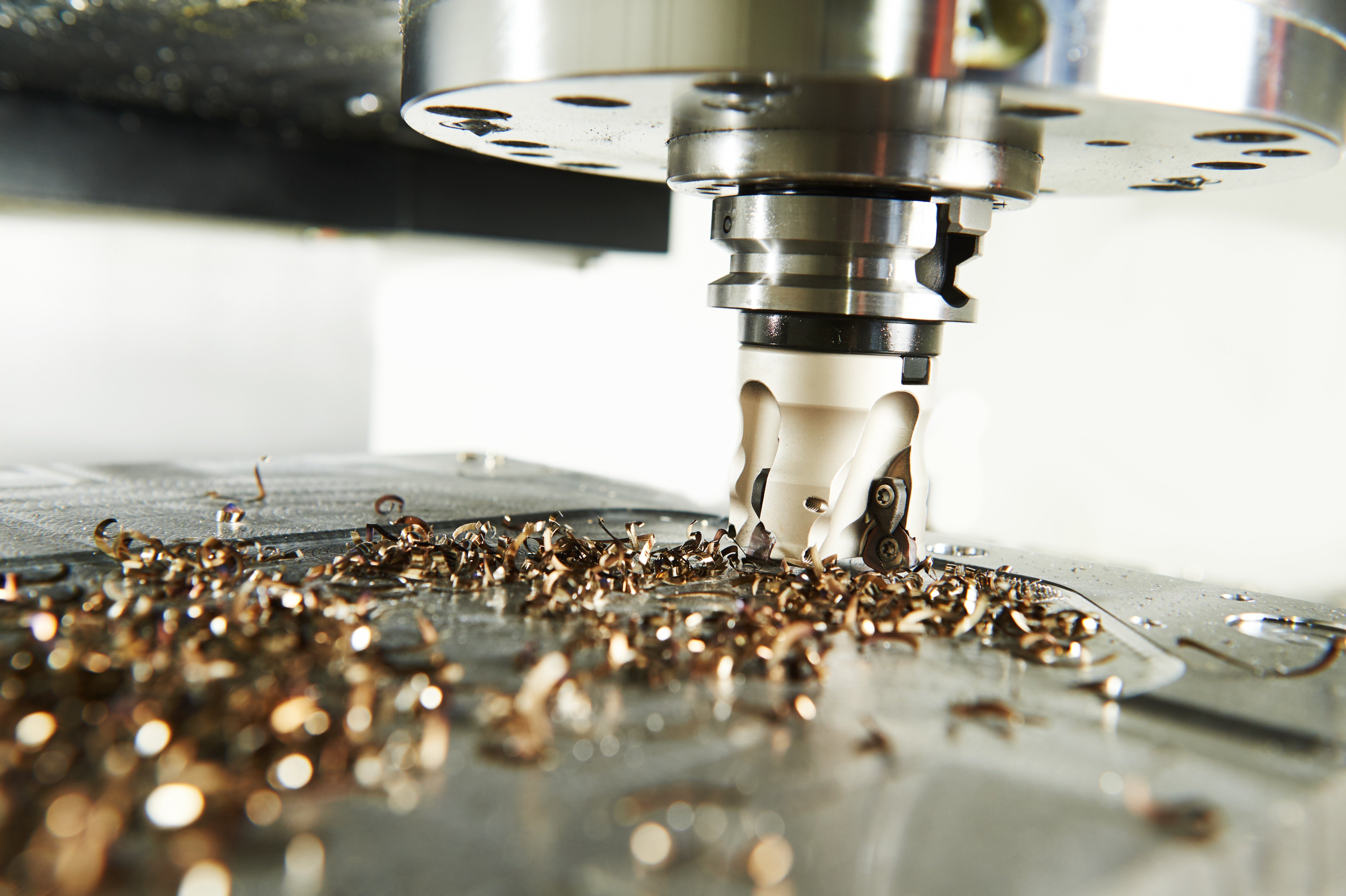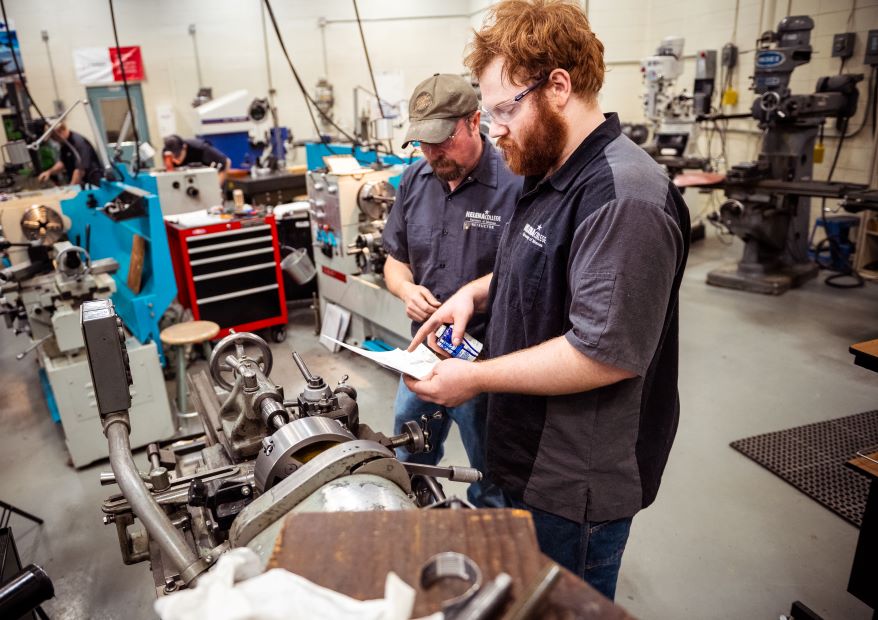Fasteners and Machining: Enhancing Layout for Superior Manufacturing
Fasteners and Machining: Enhancing Layout for Superior Manufacturing
Blog Article
Browsing the Globe of Fasteners and Machining: Techniques for Precision and Rate
In the intricate realm of bolts and machining, the quest for accuracy and speed is a continuous obstacle that requires thorough attention to information and critical planning. From understanding the varied selection of bolt types to picking optimal materials that can withstand rigorous demands, each action in the process plays a critical function in accomplishing the preferred result. Precision machining techniques better raise the complexity of this craft, requiring a fragile balance in between technical proficiency and cutting-edge methods. As we look into the methods that can enhance both speed and effectiveness in this domain name, the interaction in between quality control actions and operational quality arises as an important centerpiece.
Understanding Bolt Types
When picking bolts for a task, understanding the various kinds available is important for making sure optimal performance and integrity. Bolts are available in a large range of kinds, each made for certain applications and demands. Bolts are used with nuts to hold materials together, while screws are versatile bolts that can be utilized with or without a nut, depending on the application. Nuts, on the other hand, are internally threaded bolts that companion with screws or bolts, offering a safe and secure hold. Washers are vital for distributing the tons of the fastener and preventing damages to the material being fastened. Furthermore, rivets are long-term bolts that are optimal for applications where disassembly is not required. Comprehending the differences in between these fastener kinds is necessary for picking the right one for the job, making sure that the connection is solid, durable, and reputable. By selecting the proper bolt kind, you can maximize the efficiency and durability of your job - Fasteners and Machining.
Choosing the Right Products
Recognizing the value of picking the ideal materials is critical in ensuring the ideal performance and reliability of the picked bolt types discussed formerly. When it pertains to bolts and machining applications, the material option plays a crucial function in determining the total strength, sturdiness, deterioration resistance, and compatibility with the desired environment. Various products offer varying properties that can substantially impact the performance of the bolts.
Common products made use of for bolts consist of steel, stainless steel, light weight aluminum, brass, and titanium, each having its distinct staminas and weak points. Steel is renowned for its high strength and longevity, making it appropriate for a wide variety of applications. Choosing the appropriate material includes taking into consideration variables such as strength requirements, environmental conditions, and budget constraints to make sure the wanted efficiency and long life of the bolts.
Accuracy Machining Techniques

Along with CNC machining, various other accuracy techniques like grinding, turning, milling, and exploration play vital functions in bolt production. Grinding aids achieve great surface finishes and limited dimensional tolerances, while transforming is usually used to produce cylindrical components with exact diameters. Milling and exploration procedures are vital for forming and producing openings in fasteners, guaranteeing they fulfill specific specifications and feature appropriately.
Enhancing Rate and Efficiency
To maximize fastener manufacturing procedures, it is necessary to enhance procedures and carry out effective approaches that match precision machining techniques. One vital technique for improving rate and performance is the execution of lean manufacturing principles. By minimizing waste and concentrating on continuous enhancement, lean techniques aid remove bottlenecks and maximize process. Additionally, buying automation innovations can considerably increase production rate. Automated systems can handle repeated jobs with precision and speed, enabling This Site employees to concentrate on more complicated and value-added activities. Embracing Just-In-Time (JIT) supply management can likewise boost efficiency by ensuring that the best products are readily available at the correct time, minimizing excess inventory and lowering lead times. Fostering a culture of cooperation and interaction among team participants can boost general performance by advertising transparency, problem-solving, and advancement. By combining these methods, makers can accomplish an equilibrium in between rate and precision, inevitably enhancing their one-upmanship in the bolt industry.
Quality Assurance Actions
Carrying out extensive quality control procedures is critical in ensuring the dependability and consistency of fastener items in the production procedure. Fasteners and Machining. Quality control procedures incorporate numerous stages, beginning from the selection of raw products to the final inspection of the finished bolts. This includes analyzing elements such as product structure, strength, and sturdiness to guarantee that the bolts fulfill industry requirements.
Regular calibration of equipment and equipment is read the full info here crucial to keep consistency in manufacturing and guarantee that bolts fulfill the required resistances. Implementing stringent procedures for identifying and attending to non-conformities or defects is essential in avoiding substandard products from going into the marketplace. By establishing a detailed top quality control framework, manufacturers can maintain the credibility of their brand name and deliver bolts that fulfill the highest possible criteria of efficiency and resilience.
Final Thought

In the intricate world of fasteners and machining, the quest for precision and rate is a perpetual challenge that requires careful attention to information and tactical preparation. When it comes to fasteners and machining applications, the product selection plays an important role in figuring out the total stamina, longevity, deterioration resistance, and compatibility with the desired atmosphere. Precision machining includes numerous sophisticated approaches that guarantee the tight resistances and specifications needed for fasteners.In enhancement to CNC machining, other precision techniques like grinding, transforming, milling, and drilling play essential roles in bolt production.To maximize fastener manufacturing procedures, it is essential to simplify operations and apply effective techniques that enhance accuracy machining strategies.
Report this page